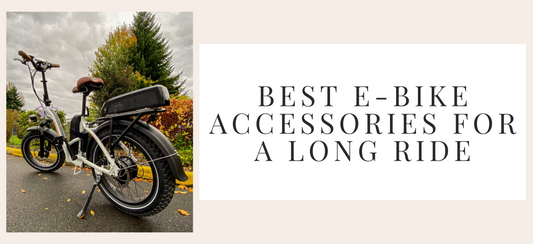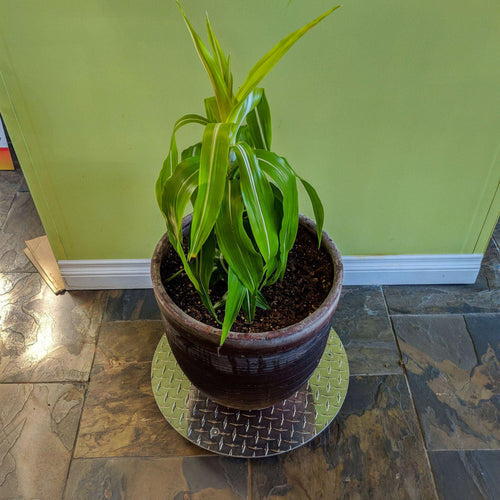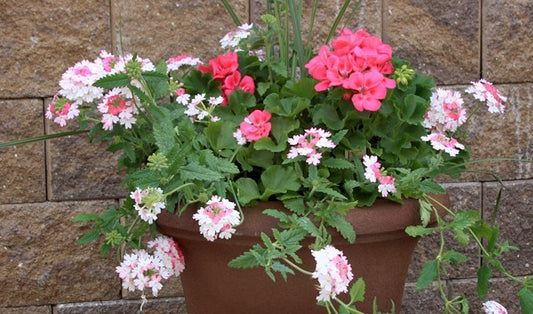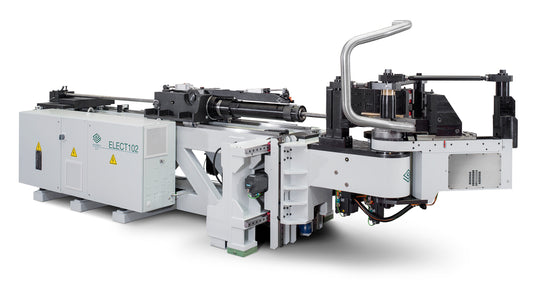Just because it’s cold and maybe even snowy outside, doesn’t mean that you can’t get a jump start on your gardening for the spring! Starting seeds indoors allows you to garden much earlier than the weather would normally allow and saves you money as well. With some basic supplies and some general plant care tips, you’ll be on your way to growing your own seedlings in no time.
Why Starting Your Own Seeds is Beneficial
While it is more labor intensive, sowing seeds is cheaper and provides a great sense of accomplishment to many gardeners as they can see the entire process of growing food from seed germination to harvest. Growing your own plants from seeds also allows you to know when they were fertilized, what they were fertilized with, and any other treatments that were applied in the case of insect or disease infestations.
There are a handful of both vegetable and flower seeds that are conducive to starting by seed, before the planting season rolls around.
Vegetables
- Tomatoes
- Peppers
- Broccoli
- Brussel sprouts
- Cauliflower
- Cabbage
- Eggplant
- Onion
- Melon
- Cucumber
- Squash
Flowers
- Pansies
- Violets
- Asters
- Marigolds
- Impatiens
- Snapdragons
- Zinnia
When to Start Seeds Indoors
When thinking about sowing seeds, it’s important to consider two pieces of information: how much time it takes plants from germination to harvest, and approximately what date mature plants are ready to harvest. Based upon when they will be ready to harvest, you can count backwards from there using the time to maturation to get a rough idea when seeds should be started.
Typically tomatoes have one of the longer growing periods of vegetables plants and should be started under cover, indoors in late January or February. Peppers are fairly slow growing too; start seeds indoors in February or March. This will give you plants ready to move outside in May after the chance of frost has passed.
Supplies Needed
Starting your own seeds doesn’t need to entail fancy equipment or supplies. You need containers, potting soil, and the seeds you’d like to grow.
-
Potting soil is available in many different blends, through a variety of vendors. Commercial potting soil mixes are a blend of ingredients, typically comprised of peat moss or coconut coir, pine bark, and either perlite or vermiculite. The peat moss and pine bark will provide moisture and nutrient retention with good air space for the root system. Perlite and vermiculite are both extremely light, helping to keep a potting mix from getting too heavy while adding extra pore space for oxygen.
-
Seed trays with covers/domes make starting your seeds much easier. These wide, shallow trays allow you to plant many seeds in one container. If you opt for ones with small peat pots, the pots can be transplanted directly into the ground when it’s time to move your plants outside.
-
Seeds can be purchased locally at a big box store, a gardening center, or online through a variety of vendors. Local gardening centers often sell plant varieties that have been developed for your climate and region, improving the chances mature plants fare well in your garden.
-
Growing lights are optional, but help prevent your seedlings from getting too tall and “leggy”. After germination, seedlings do best when they receive 10-12 hours of unfiltered sunlight. During the late winter months they may not receive as much light as they need when growing indoors; supplemental lighting will give them the additional light not available naturally.
Steps to Planting Seeds Indoors
1. Pre-moisten potting soil by fill a large basin or bucket with potting soil and add lukewarm water to it, mixing thoroughly, until it is thoroughly damp. The potting soil should feel moist to the touch but if you squeeze a handful, excess water shouldn’t drain out.
2. Fill containers with the pre-moistened potting soil to within about an inch of the top of the container, tamping it down slightly to remove any large pockets of air.
3. Plant seeds in the potting soil ,pushing them into the growing media about ¼” below the surface. Seeds should be spaced about half the distance recommended on the seed package.
4. Mist the tray well with tepid distilled water to ensure the potting mix is sufficiently wetted down. Cover the tray with the lid/dome to create a humid micro-environment.
5. Place the trays in a warm space, free of cold drafts, and away from pets and children (because admit it, kids are curious). The top of the refrigerator is a good spot, or you could use stainless steel wall brackets to install some shelves in your kitchen specifically to hold your seed trays.
Caring for Seeds and Plantlets
With a little care and attention after planting, your seeds will germinate and grow into strong, healthy juvenile plants ready to be moved into the garden or containers when the weather is right.
- Keep potting soil moist without allowing it to become too wet. If the soil is too wet, your seeds can rot/mold and die off. A spray bottle is a great way to mist the planting trays until seeds germinate and plants start to grow.
- After seeds germinate it’s safe to remove the domes if you’d like. Some gardeners prefer to keep them covered until plantlets reach a couple of inches tall.
- Keep your trays in a location where the daytime temperatures are between 70 - 75℉.
- Supplement with growing lights if plants start to grow too tall and spindly.
- Fertilizer with an all purpose fertilizer about 4 - 6 weeks after germination, at about ½ of the rate recommended on the packaging.
Conclusion
Starting your own garden plants from seeds can help you save out of pocket gardening expenses as well as provide you with a project in late winter or early spring. With some basic supplies and a little labor common vegetables and flowers can be started from seed indoors and then transplanted outside once the chance of frost has passed.





